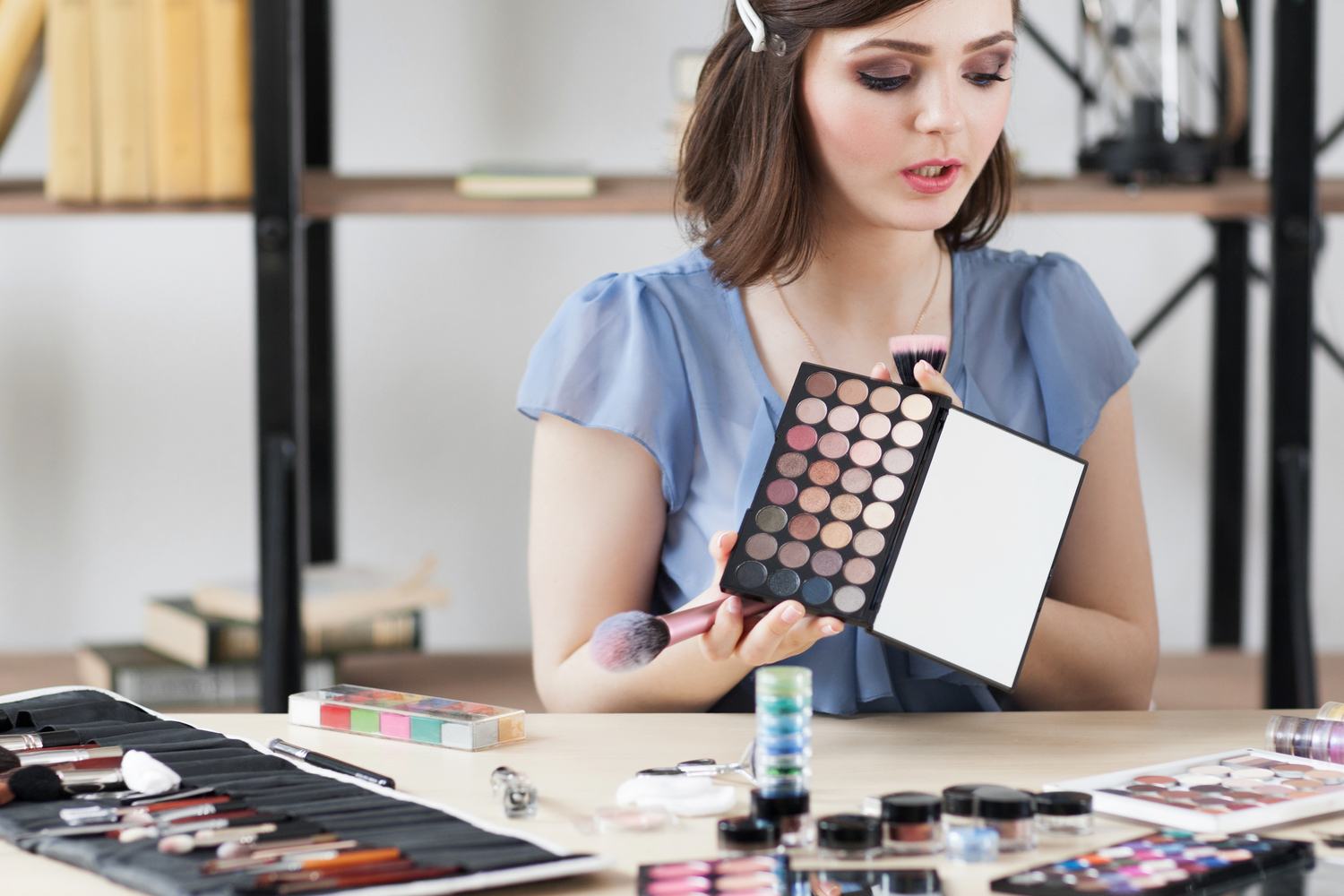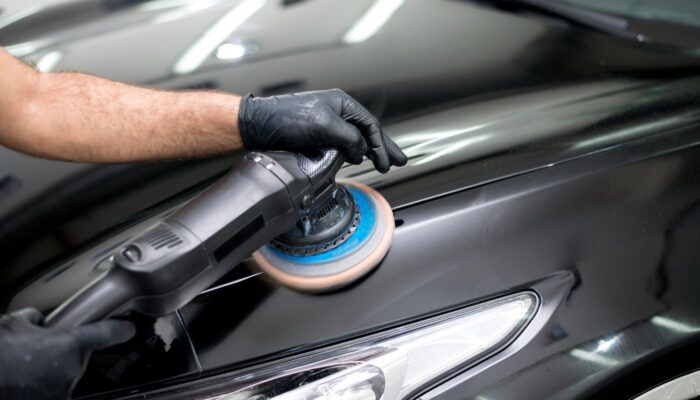
A basic guide to using eyeshadows
Using an eyeshadow can be difficult if you aren’t an expert makeup user. When you are just beginning to try out makeup products, it can be daunting. Simple cosmetics like eyeliners and mascara may be easier to use, but eyeshadows require some guidance. Here are a few basic tips on using eyeshadows.
Why use an eyeshadow?
Eyeliners and mascaras highlight your eyes. However, an eyeshadow can help define your eyes and make them stand out. You can use eyeshadows to make your eyes look bigger, create subtle effects that make your eyes look beautiful, hide dark circles, and enhance the natural beauty of your eyes.
Eyeshadow sets
Though eyeshadows come in many forms like liquids, loose pigments, and creams, it is best to start with pressed powder palette and eyeshadow sticks. Eyeshadow pressed powders come in palettes of complementary colors. You can buy duos, triads or quads. You can also get a large palette of multiple colors.
Let’s see how to use single colors, triads, and quads.
Single color
If you are using a single color as your eyeshadow, you can use a white liner to bring out the intensity of the color. First apply the liner along the lash lines, and then cover more area above your upper eyelid. Then, you can use a matte eyeshadow over the liner, blending it slowly to create the desired effect.
Three colors
Use the mid-tone shade over your upper eyelid and under your lower eyelid. Use the lightest hue, preferably one that matches your skin tone, or even two or three shades lighter, around the inner corner of your eyes. Use this same color under the arch of your eyebrows as a brow highlighter. Then use a shade that is around two to three shades darker than your skin tone to highlight the outer corner of your eyes. Use a primer before you use an eyeshadow.
Four-color palette
Apply the primer first and then sort the colors in the palette, one to four, from the lightest to the darkest. Apply the midtone (two) to your upper eyelid, cover the lid from above the lash line to a little way below the crease. You can also apply this lightly under your lower eyelid. Then take a dense blending brush and apply color number three, the second darkest color, along the crease and also on the outer edges. Take a smaller tipped brush and drag it slightly under the lower eyelid. Now dip a crease brush into the darkest color (four) and carefully apply it to the outer corner of the crease, and also on the outer edge of the eyelid. This creates a nice shadow effect on the outer edges, adding depth. The lightest color needs to be applied carefully along the inner edges of your eyes. Blend the colors to blur obvious lines between the different shades and you’re good to go.



